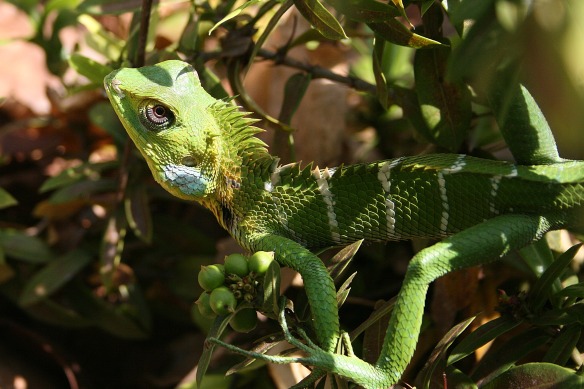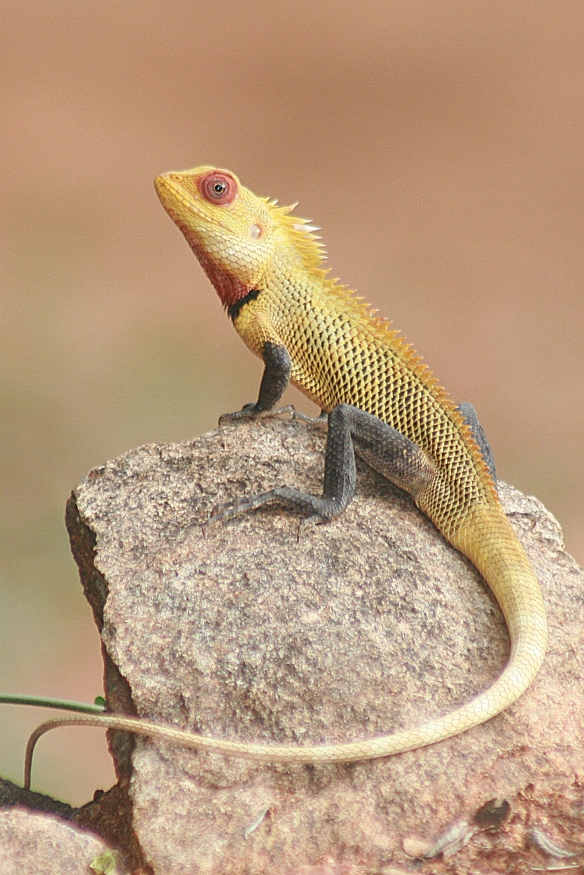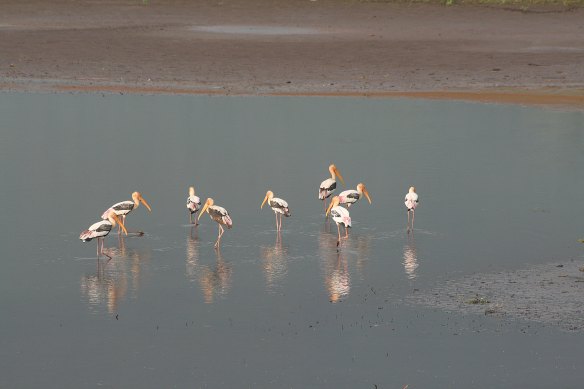For as long as people can remember bricks in India have been made by hand. You can often see a small brick kiln beside the road where a family will make their own mud bricks and sell to locals. The quality of such bricks is not always good as the kiln is too small.
Close to Lakeside is a much lager commercial brick factory. A visit there is always popular with our guests.
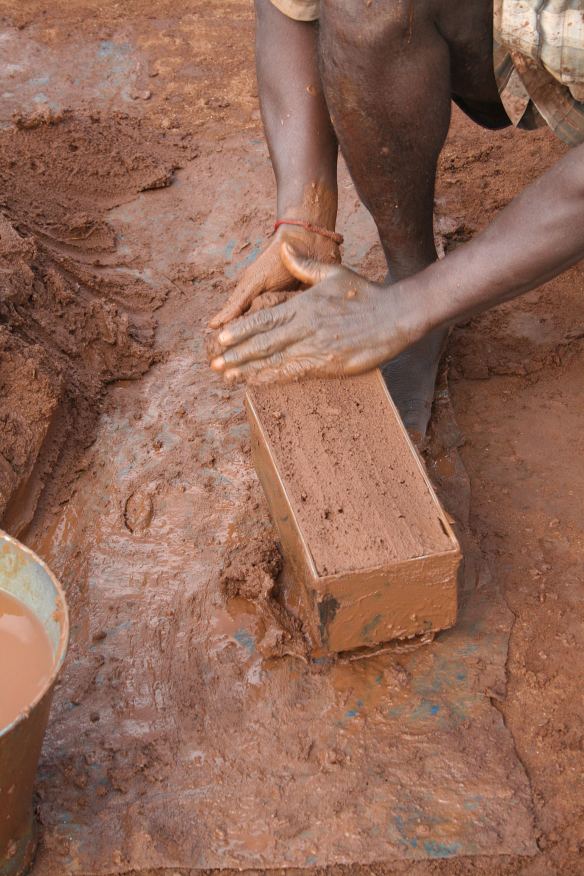
The mud is put into the mould by hand…
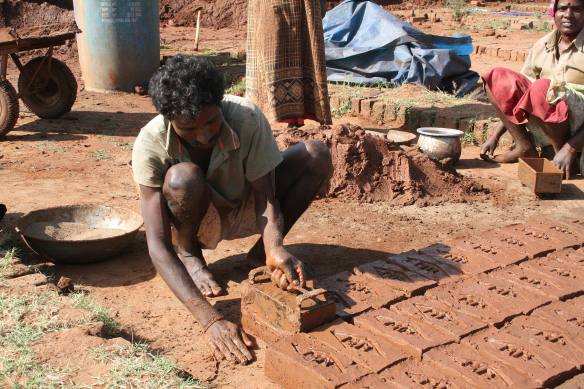
…then tipped out.
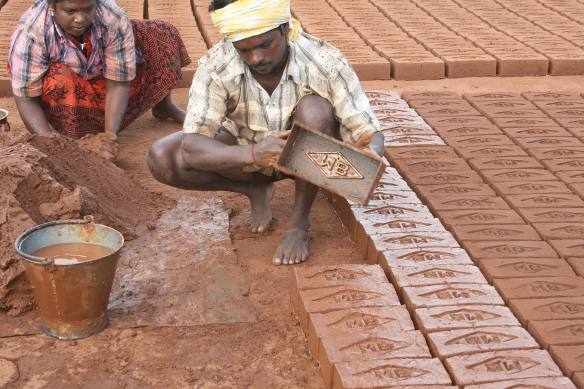
There are about forty families employed at the factory. Couples often work together and are paid by the number of bricks they make.

The bricks are left to dry in the sun for about one week, being turned two or three times so that they dry evenly.

Then they are taken to the kiln. This is the same shape as the amphitheatres the Romans used for their chariot races.
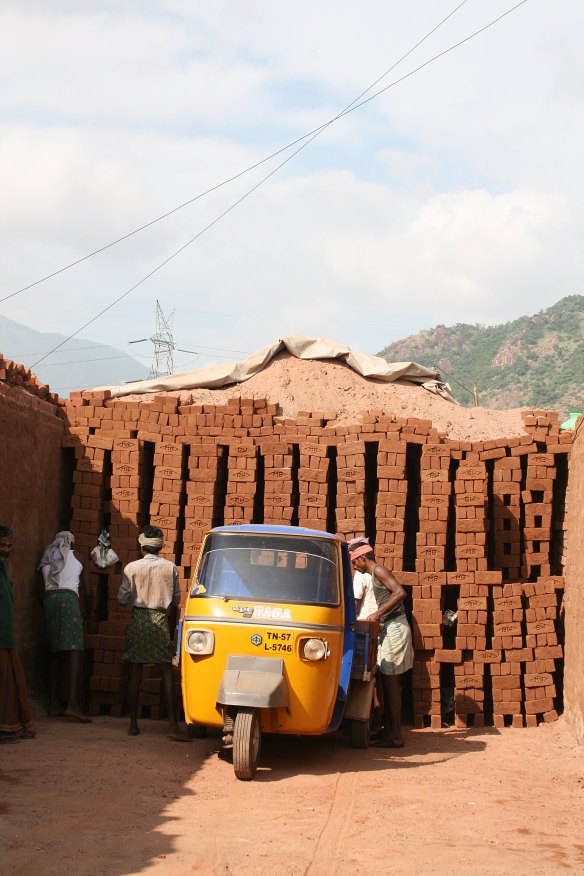
The sun-dried bricks are carefully stacked in sections, each of which will be sealed off for firing.
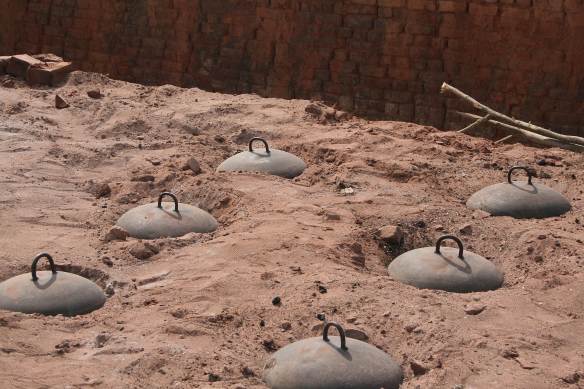
Once the section is sealed it is covered with bricks and sand. The metal ‘lids’ cover the holes where the fuel is put in.
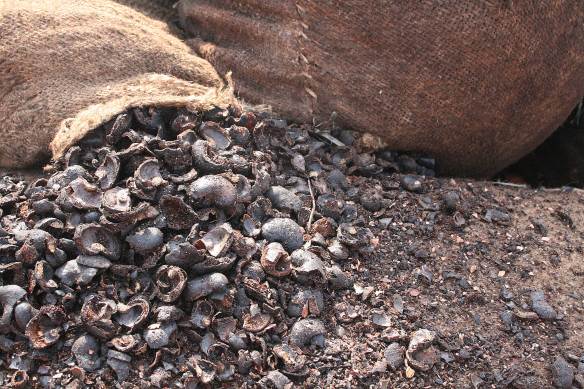
The fuel is a combination of thorn wood and cashew nut shells. These nuts have been roasted and the kernals removed. The remaining shell is very oily, this helps to create a fierce, consistent heat which creates a good quality brick.
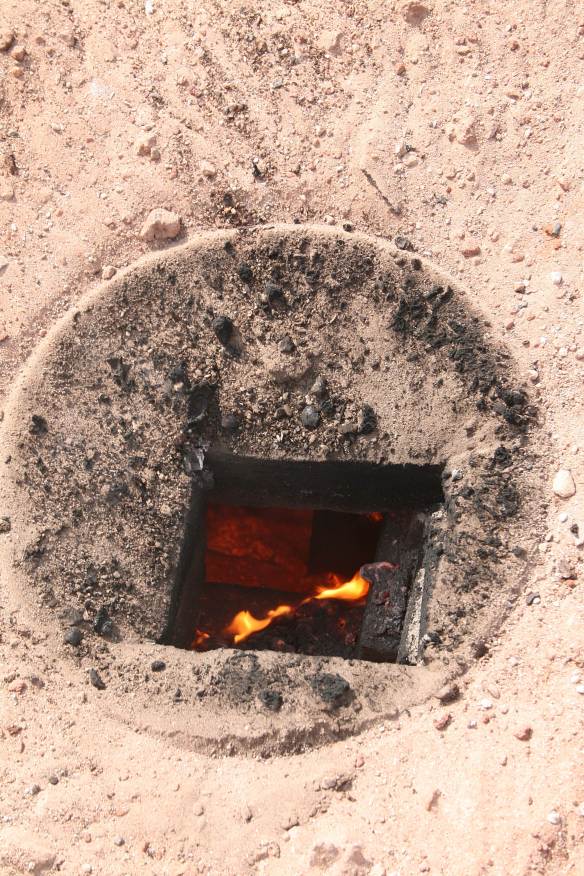
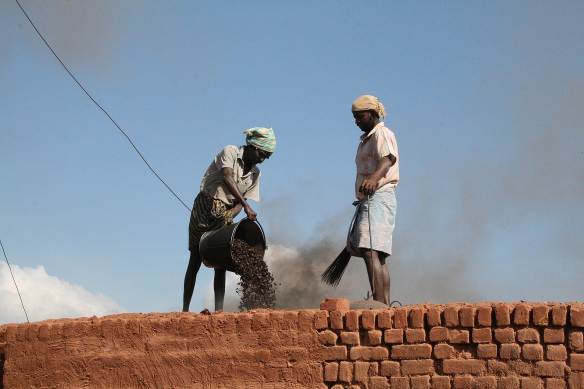
The chimney is an ingenious design. It is on rails so that it can be moved from section to section as they are fired.
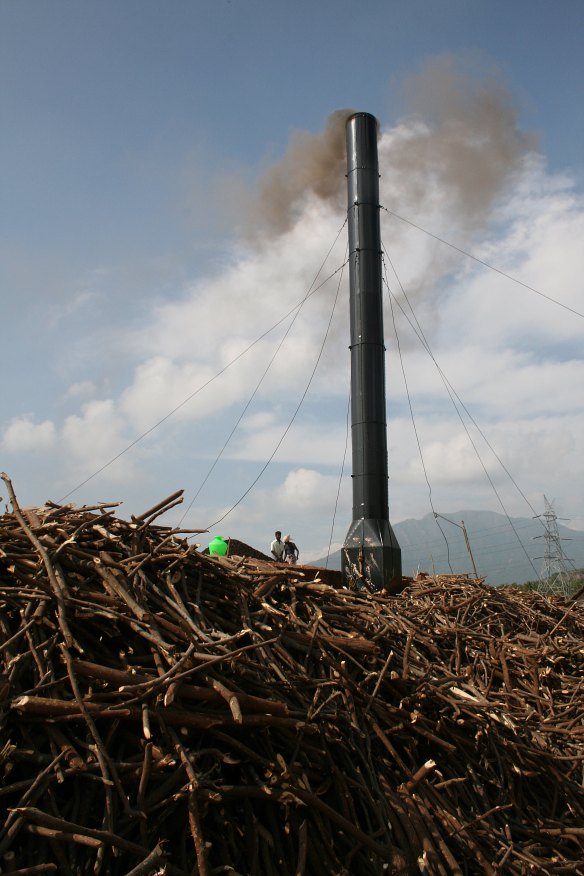
The firing lasts for one day, then the bricks are left for a week as they cool down.
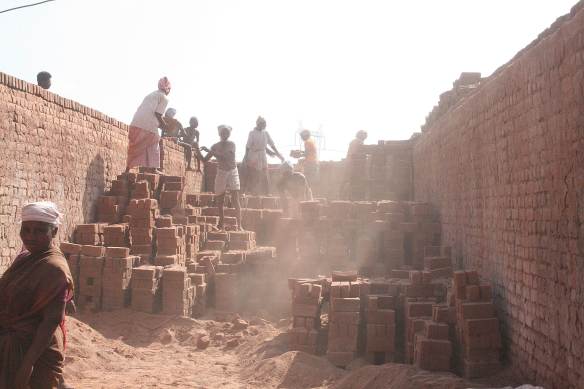
The bricks are then removed by hand…

…loaded onto lorries…
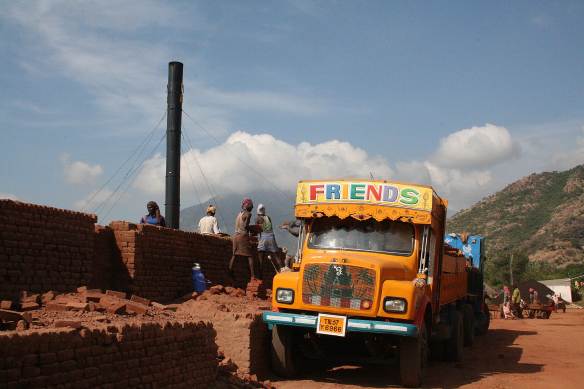
…and taken to Dindigul where they are sold. Local people can buy directly from the factory.
As with all things in India, a new machine has recently been brought in to increase production. In this case, however, it has not meant the loss of jobs. The factory still employs the same number of people but produces twice as many bricks. The machine is still very simple and is labour intensive. It is fascinating to watch.
Some of the bricks are still made by hand, but I wonder how long that will last. Regardless of how the bricks are manufactured, it is a fascinating process and our guests always enjoy their visit.
If you come to stay at Lakeside, I’ll be happy to show you around!
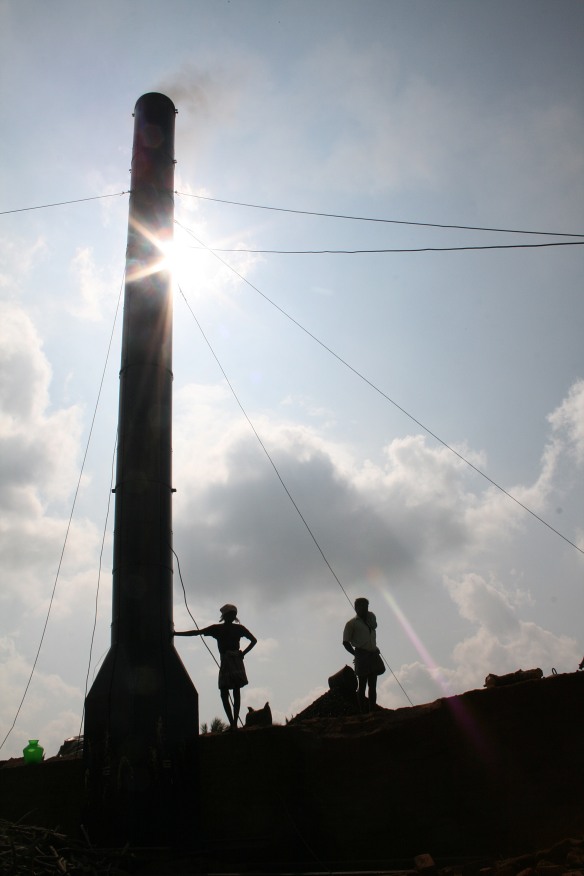
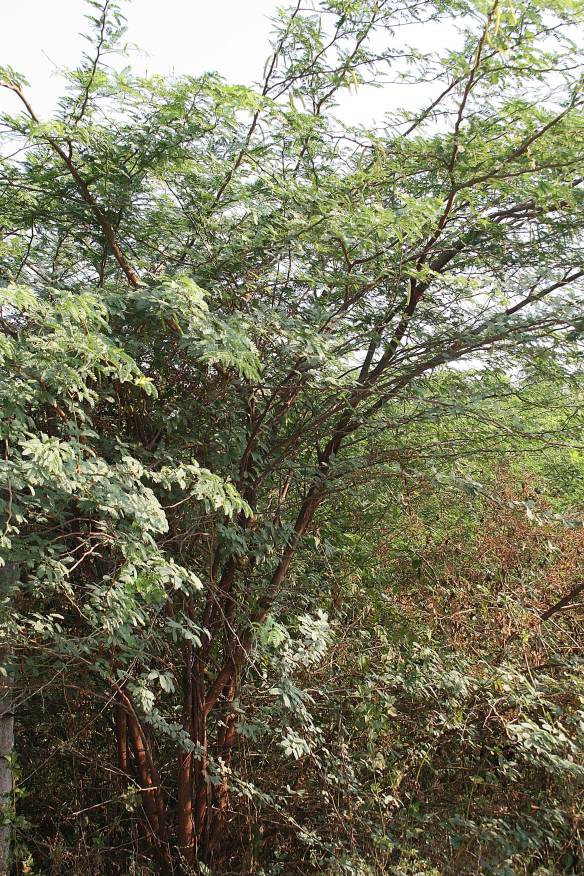
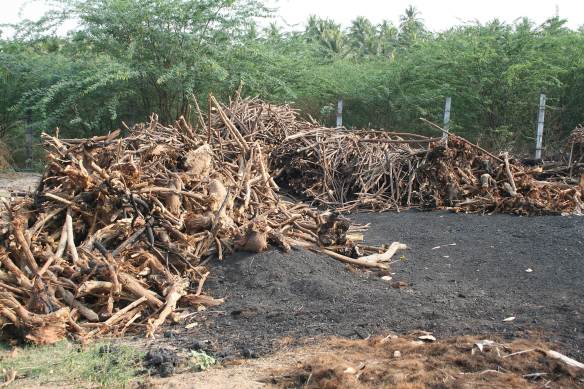

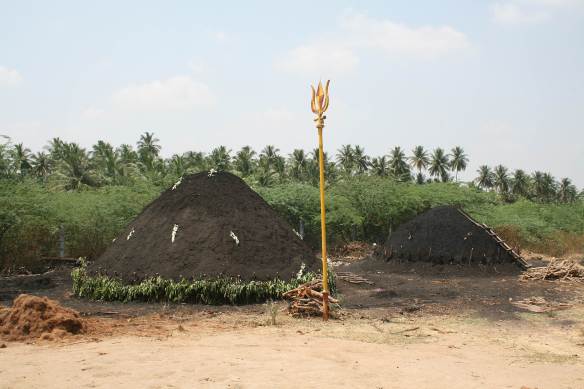
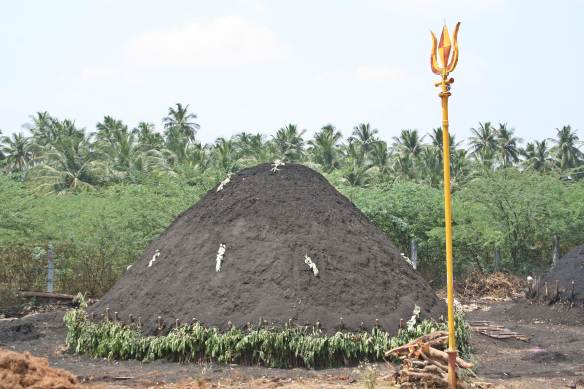

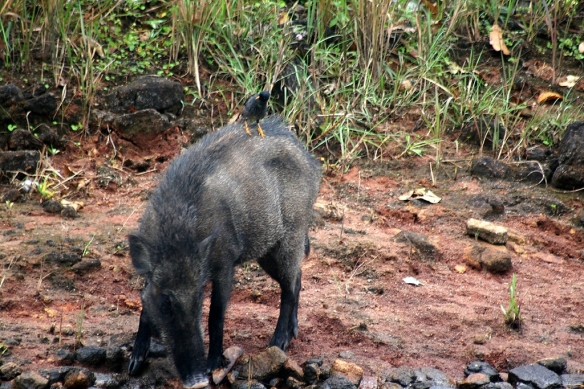 While walking in our area of land set aside for wildlife this morning I met a local family.
While walking in our area of land set aside for wildlife this morning I met a local family.














